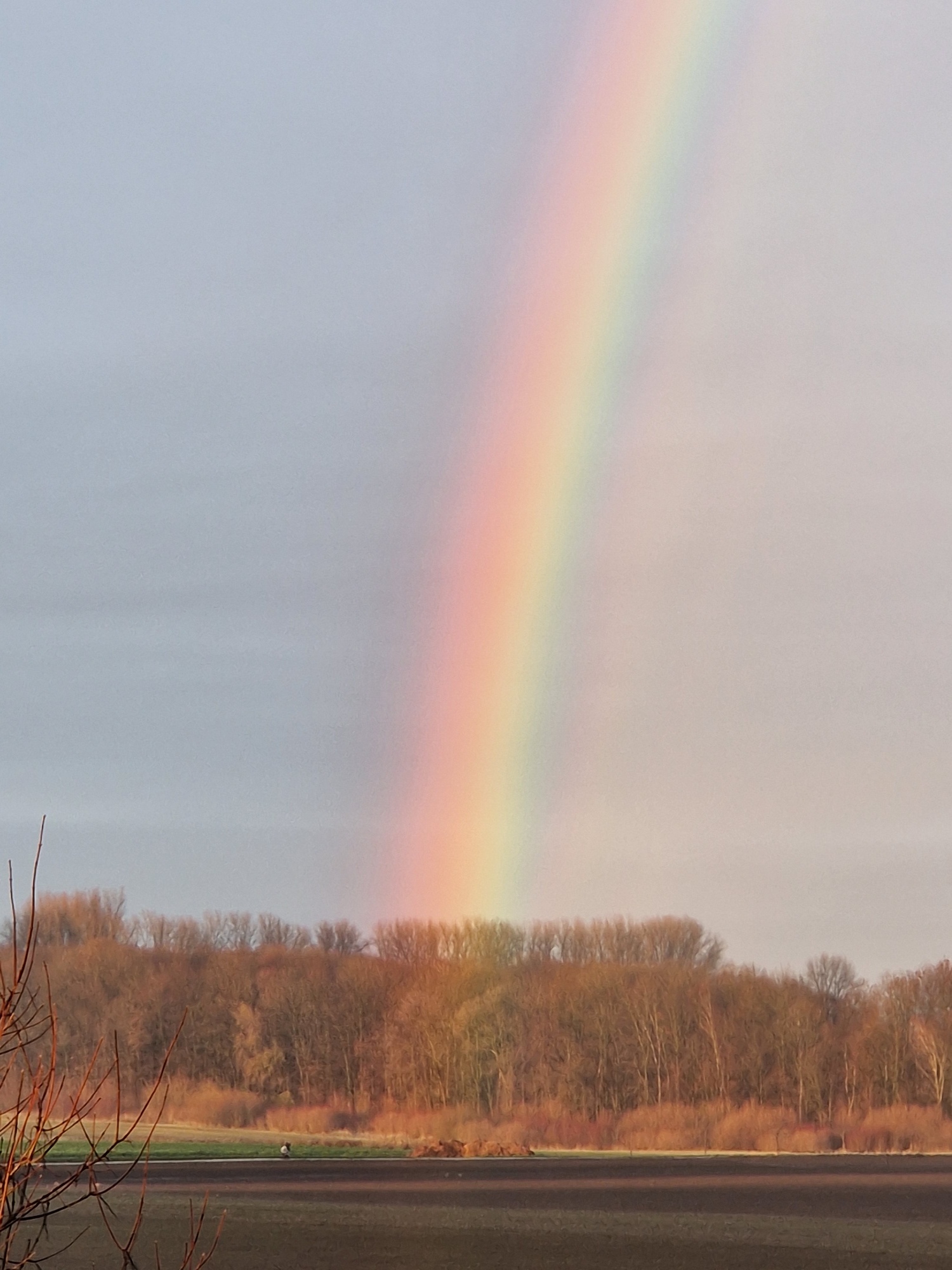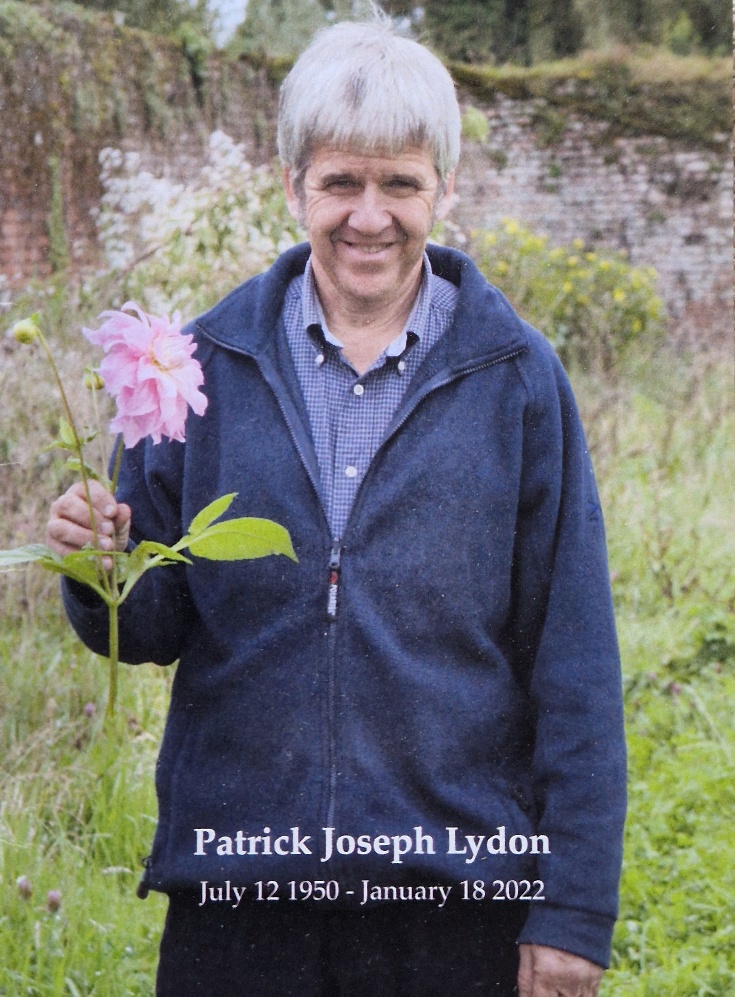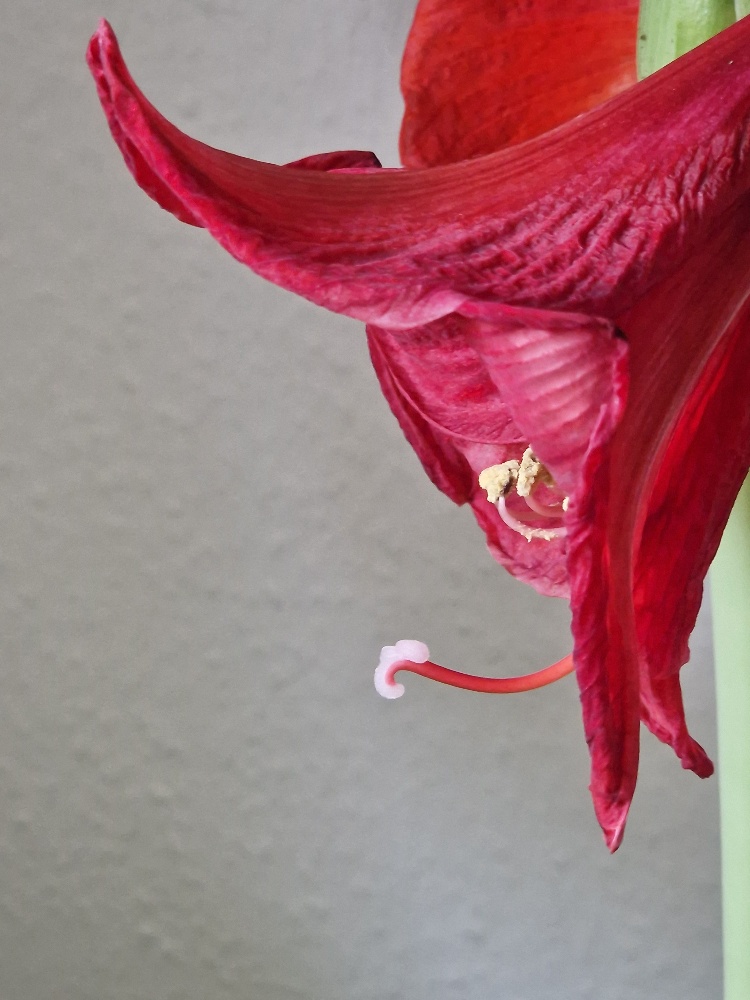Trauma permeates all aspects of life. It echoes through the generations across families, communities, institutions, cultures, and societies. And it does so in very complex ways. Trauma can impact our genes, white blood cells, heart, gut, lungs, and brain. Our thinking, feeling, behaving, parenting, teaching, coaching, consuming, creating, prescribing, arresting, sentencing, I could go on.
So, depending upon your perspective, your world view, and your own history of trauma and loss, you will have some unique version of “trauma informed”.
Dr Bruce D Perry, What Happened to You?
In essence, it (trauma-informed care, – TIC) is approaching people with the awareness that what happened to you is important, that it influences your behaviour and health, and then using that awareness to act accordingly and respond appropriately, whether you’re a parent, a teacher, friend, therapist, doctor, police officer, or judge.
Oprah Winfrey, What Happened to You?
Trauma is not what happened to us but the nature of our internal response to what happened to us.
Dr Gabor Maté
Traumatology is a relatively new science. It has been built upon the foundation of a century of depth psychology, recent discoveries in brain maturation and imaging technologies, and a lifetime of research in the clinical practice of treating hitherto unidentified aspects of human development, especially in the context of early childhood experience.
It is only in our lifetime that discoveries in neuroscience, behavioural psychology, and physiology have revealed that the things we experience throughout life accumulate in our energy field. They are stored within our bodies on a cellular level.
The body keeps the score, as Bessel van der Kolk put it in the title of his groundbreaking book, published in 2015, a book based upon four decades of first-hand research and clinical experience as a psychotherapist in the United States.
In this publication, van der Kolk describes what we have learned about the ways the brain, without our conscious direction or permission, is shaped by traumatic experiences; how traumatic stress is a response of the entire organism, and how that knowledge needs be integrated into healing practices.
In his most recent book, “The Myth of Normal”, published in 2024, renowned psychiatrist, author, and expert in trauma and addiction, Dr Gabor Maté describes the physical and emotional nourishment every child needs in the formative first four years to thrive in later life. This was painful reading for me since it was impossible to overlook the gaping holes in my own upbringing.
These gaps resulted from the adversity of everyday life and the overextension my parents experienced while raising their ten children in Ireland through the 50’s, 60’s, and 70’s. These loving parents themselves carried the burden of untreated trauma from their respective families into their adult lives and parenting behaviours.
“Ask not why so much addiction”, says Dr Maté, “but rather why so much pain? ”
The time has come to break the chains of generational trauma. That is the good news. The challenge requires us to abandon denial and delusion, which are both integrated elements of the problem itself.
We move, instead, towards clarity and acceptance of where we stand right now in life, in order to be able to continue to journey forward on solid ground. We need to pierce and transcend the protective shield of “don’t talk, don’t feel, don’t trust” that became the subliminal subtext in so many families.
“The curious paradox is that when I accept myself just as I am, then I can change.” This is how Carl Rogers (1902 – 1987), one of the founders of humanistic psychology, put it. He continued: “What I am is good enough if I would only be it openly.”
My issue, during my entire life, has been my stance of resistance to what is, what was, and what may be. This stance of resistance is what turns pain into suffering. While pain, in its many forms, is an integral part of life – indeed of the human condition –, suffering is entirely “voluntary”.
The word “voluntary” is in inverted commas because it may be necessary to excavate and redress what has been anchored in our bodies on a cellular level before we can identify and develop the capacity to let go of whatever has been holding us back – keeping us stuck – for so long.
An example from my own experience is the attempt to wrest from the world of people, places, and things the soothing and healing of the childhood wounds of abandonment, alienation, anxiety, dread, and suppressed grief.
As children whose fundamental needs, for whatever reasons, are not being met, we see no other alternative than to put on the show that we reckon has the most promise of getting us at least some attention.
Crumbs from the table are a poor substitute for the feast of life – our birthright – but they are, at least, better than nothing. Once the show has started and we become invested in the identity and the dynamic, it is very difficult to break out of the act.
Putting on this show is the process otherwise known as sacrificing our True Self (the one that seemingly elicited the abandonment, etc. in the first place) for the False Self, – made up of Saboteurs such as the Judge, Hyper-Achiever, Pleaser, Stickler, Controller, etc. – that would hopefully satisfy our caregivers and provide us with the illusion of security, to the extent that life might become more bearable.
The unbearability of being is the worst of all possible places for the young child. I can’t stand being in my own skin and will do anything to alleviate the pain. My initial strategy was daydreaming, to be followed by chronic illness, and then, in my mid teens, by alcohol and weed. Then, for the next twenty-six years, I was off to the races, as they say.
We lucky ones manage to get off the merry-go-round of substance addiction before it kills us or gets us locked up. It is then that, with the help of fellows in recovery and, as needed, gifted professionals, we can learn to address our perception disorder and begin to see life as it really is.
The first step is to recognise and accept where we are in life, – our behaviour, what we think, our belief systems, and emotions. This acceptance might better be called “now-here-ness”. We are moving from “nowhere” (substance-induced dissociation sometimes up to the point of blackout) to “now here”. It is at this point that I admit my powerlessness over the addictive substance or process. Here, too, I recognise that life cannot be managed (as in controlled) yet can be navigated.
In many cases, after a certain period of abstinence, the fog of memory begins to lift, and the permafrost of childhood or relational trauma begins to thaw.
Permafrost is often called the glue that holds everything together. In mountainous territory, when it thaws, the mountains crumble, and they start to break apart.
In the tundra way up north, when the permafrost thaws, the bridges, roads, railway lines, and buildings begin to twist and slide because the ground beneath them no longer provides the stability that was there and factored into the static calculations when they were originally built. The ground begins the shift beneath our feet and sinkholes may appear overnight.
This has been my experience in over two decades of recovery. While some people are simply satisfied with no longer drinking or using, my own quest takes me much deeper. Once physical abstinence has been achieved, in my case by applying the Twelve Steps of AA, a second phase begins. This promises growth towards Emotional Sobriety, a life-long process.
Emotional Sobriety is gradually gained when we quit trying to find “out there” what can only be discovered and cultivated “in here”, in our body, heart, mind, and soul. When we become liberated from the emotional dependencies on how the world should be, when we learn to live life on life’s terms.
We begin to recognise that, while we cannot control the weather, we can learn to surf the waves on any given day. We give up trying to manage life and invest our energies into navigating its vagaries.
Why stay fixed on the extrinsic approach for so long when it clearly is not working? This has to do with the original wiring of the brain, laid down in the first four years and the corresponding etchings in our physiology.
Until new pathways have been laid down, – this takes on-going practice over time – we revert to the original default, especially when under stress. It’s like the dent in the lid of the saucepan: no matter how often we attempt to correct it, it keeps reverting to its dented state.
The extrinsic approach holds out the alluring promise of healing without having to confront, with our entire being, the many losses we endured in the past. True healing inevitably includes the re-feeling of some of the original pain and distress.
Without this emotional/somatic component, we are simply going through the motions of spiritual bypassing. The wounds remain untreated and will present themselves again later, as dictated by the innate healing driving force in each of us.
Our aversion to pain is integral to our humanity. Nobody would want to go there without good reason. We need to bring compassion to ourselves, to our resistance, our stuck-ness, as we embark on this inner work.
During this process, we may come up against the topic of trauma and how we reacted as young children, ill-equipped to deal with the difficult challenges of this world. The survival strategies and coping mechanisms we develop in those earliest of years become etched on our neurobiology, especially our limbic system. The good news is that discoveries are being made right now, which help us rewire the brain and retrain the body such that we can heal from the wounds of the past.
It is often a case of learning the three-step process of regulate, relate, and reason. An unregulated body cannot successfully engage in the subsequent steps. The inability to relate, both in inner discourse and with those around us, will keep us beyond the range of sound reasoning.
Reasoning comprises discernment without judgement, interpretation, or denial. It is the product of mental fitness which, like physical fitness, requires dedicated, frequent, and on-going practice. We cannot think our way into healing. We must grow into it, through our bodies.
Our old default impulses can never be made go away. They can be disempowered, in the sense that they no longer dictate our thinking, feeling, and actions from behind the scenes. The dynamics are brought into the light, where they can be acknowledged, claimed as our own, compassionately embraced, and relinquished, to be replaced by more life-affirming and mature approaches.
What is humility? According to the APA Dictionary of Psychology (2015), humility is: “The quality of being humble, characterised by a low focus on the self and accurate (not over or underestimated) sense of one’s accomplishments and worth, and an acknowledgement of one’s limitations, imperfections, mistakes, gaps in knowledge, and so on”.
Humility has the same etymology as the word humus, meaning the “earth”, or “on the ground”. It is therefore the capacity to be grounded in the reality of things.
It’s one thing to become aware that trauma can result in certain impulsive, reactive, or even reflex behaviours which inevitably lead to problems. It’s another thing to explore what we do now in the context of our new knowledge. How do we create opportunities for healing each other and ourselves, through engaging our neural circuits and limbic system?
How can we become aware of the hijacking of our Saboteurs as they attempt to re-ignite unpredictable uncontrollable stressors that will exacerbate the effects of trauma and illicit impulsive reactions?
How do we slow down, establish “now-here-ness” and shift to the newly discovered resources of Sage (Compassion, Explore, Innovate, Navigate, and Activate) in the context of knowing that every situation contains some gift or opportunity for healing and growth?
(For a detailed explanation of the Saboteur and Sage concepts, see my article on the PQ Mental Fitness modality elsewhere on my website).
How do we make sure we don’t re-traumatise someone by unintentionally continuing the marginalising, excluding, dehumanising experiences that gave rise to the very problems we’re supposed to be addressing?
If I don’t recognise the embedded biases in myself (especially the habit of taking things personally) and the structural biases in my systems (misogyny, cultural supremacy, etc.), I can’t truly be trauma informed in my approach to life. People who have experienced abandonment, – excluded, discounted, and shamed – are traumatised precisely because we are fundamentally relational creatures.
The opposite of addiction is not sobriety, but connection. The recovery process is a shift from fear to love, from “apart from” to “a part of”, from “suicide in instalments” to “living life to the full.”
In his 1961 work, “On Becoming a Person”, Carl Rogers described the full life as follows: “This process of the good life is not, I am convinced, a life for the faint-hearted. It involves the stretching and growing of becoming more and more of one’s potentialities. It involves the courage to be. It means launching oneself fully into the stream of life.”
By considering what happened to each of us, we will, working in the spirit of exploration and compassion, be able to identify the resources necessary to become whole once again. This is the trauma-informed approach. We relinquish and give thanks to the False Self in the appreciation of how it helped us survive through adversity, as we re-discover and manifest the True Self we had abandoned so long ago.









